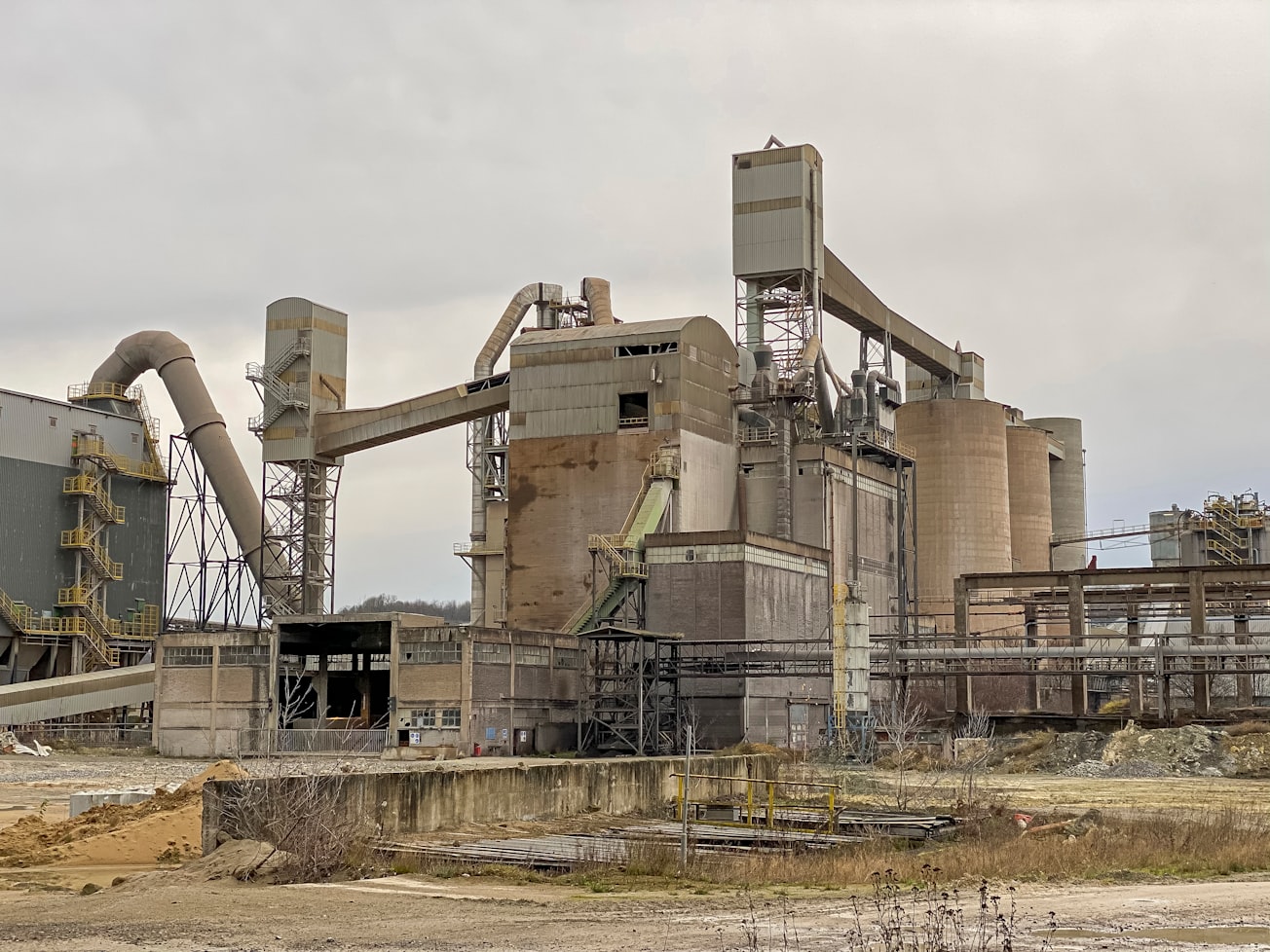What is it about?
In the period since 2010 successive UK Governments have produced various decarbonisation strategies for industry. This article scrutinises the most recent version that was published in March 2021: the Industrial Decarbonisation Strategy (IDS). It contrasts the policy content of the IDS with previous industrial roadmaps, action plans and strategies (including the Clean Growth Strategy of 2017). In addition, it compares the proposals in the IDS with the latest recommendations of the UK Government’s independent Climate Change Committee, as well as drawing on lessons learned from the techno-economic assessments published by the author and his collaborators for a number of key ‘Foundation Industries’. The latter emit significant shares of UK industrial carbon dioxide (CO2) emissions: the iron and steel (~25%), chemicals (~19%), cement (~8%), pulp and paper (~6%), and glass (~3%) sectors. They also produce some 28 million tonnes of materials per year, which are worth £52 billion to the UK economy, and account for ~10% of UK total CO2 emissions.
Featured Image

Photo by Etienne Girardet on Unsplash
Why is it important?
Reducing industrial energy demand and improving resource efficiency could make a substantial contribution towards the UK Government’s goal of net-zero GHG emissions by 2050, whilst simultaneously improving productivity and creating employment opportunities. Both fossil fuel and process GHG emissions will need to be significantly reduced over this timeframe. Ultimately, all industrial energy use and emissions result from the demand for goods and services. Energy is required at each stage in the manufacture of a product, or ‘life-cycle’, from raw material extraction through to the final distribution and eventual disposal. Energy use and associated GHG emissions at different points along these UK supply chains emanate from many different countries, due to the growth of globalization. They are often termed ‘consumption emissions’, in contrast to ‘terrestrial emissions’ produced within the national boundary of Great Britain (GB). In the period since 2010, successive British governments have produced various decarbonisation strategies for industry. Here, the most recent version – the Industrial Decarbonisation Strategy published in March 2021 - is critically evaluated. Its policy content is contrasted with previous UK Government-sponsored industrial roadmaps, action plans and strategies (including the Clean Growth Strategy of 2017). In addition, it compares the new IDS with the latest recommendations of the UK Government’s independent Climate Change Committee and with findings of the techno-economic assessments published by the author and his collaborators for a number of key ‘Foundation Industries’.
Perspectives
The recently published UK 'Industrial Decarbonisation Strategy' (IDS) has therefore been critically evaluated. Its policy content has been compared with the latest recommendations of the UK Government’s independent Climate Change Committee (CCC), as well as drawing on lessons from the techno-economic assessments published by the author and his collaborators for a number of key FI. Overall, the IDS has been welcomed by industry, NGOs and several ‘green’ groups, but it received some criticism for many “reheated pledges”, little new funding, and investment levels that are projected to be significantly lower than equivalent programmes in, for example, France and Germany. However, the UK Government has wisely taken a ‘technology neutral’ approach to the possibility of retaining steel production using coking coal together with CCUS. That is against the recommendation of the CCC to halt emissions from ore-based steel making by 2035. Deep decarbonisation of the steel production in the latter way might well result in ‘deindustrialisation’ of the sector, i.e., “pushing emissions and business abroad”, and thereby leaving large-scale blast furnaces as ‘stranded assets’. The UK Government’s legally-binding 2050 net zero emissions target (i.e., 100% abatement) applies across the economy as a whole, but the use of ‘negative emissions’ technologies in some sectors will provide the opportunity for variation between different end-use energy demand sectors and various industries (CCC, 2018a). There are a number of hard-to-abate industrial sectors, particularly amongst the FI, that may need to take advantage of this ‘headroom’ in achieving net zero emissions (Griffin and Hammond, 2021): the steel industry is certainly one of those.
Professor Emeritus Geoffrey P Hammond
University of Bath
Read the Original
This page is a summary of: The UK industrial decarbonisation strategy revisited, Proceedings of the Institution of Civil Engineers - Energy, February 2022, ICE Publishing,
DOI: 10.1680/jener.21.00056.
You can read the full text:
Contributors
The following have contributed to this page







